
النبات

مواضيع عامة في علم النبات

الجذور - السيقان - الأوراق

النباتات الوعائية واللاوعائية

البذور (مغطاة البذور - عاريات البذور)

الطحالب

النباتات الطبية


الحيوان

مواضيع عامة في علم الحيوان

علم التشريح

التنوع الإحيائي

البايلوجيا الخلوية


الأحياء المجهرية

البكتيريا

الفطريات

الطفيليات

الفايروسات


علم الأمراض

الاورام

الامراض الوراثية

الامراض المناعية

الامراض المدارية

اضطرابات الدورة الدموية

مواضيع عامة في علم الامراض

الحشرات


التقانة الإحيائية

مواضيع عامة في التقانة الإحيائية


التقنية الحيوية المكروبية

التقنية الحيوية والميكروبات

الفعاليات الحيوية

وراثة الاحياء المجهرية

تصنيف الاحياء المجهرية

الاحياء المجهرية في الطبيعة

أيض الاجهاد

التقنية الحيوية والبيئة

التقنية الحيوية والطب

التقنية الحيوية والزراعة

التقنية الحيوية والصناعة

التقنية الحيوية والطاقة

البحار والطحالب الصغيرة

عزل البروتين

هندسة الجينات


التقنية الحياتية النانوية

مفاهيم التقنية الحيوية النانوية

التراكيب النانوية والمجاهر المستخدمة في رؤيتها

تصنيع وتخليق المواد النانوية

تطبيقات التقنية النانوية والحيوية النانوية

الرقائق والمتحسسات الحيوية

المصفوفات المجهرية وحاسوب الدنا

اللقاحات

البيئة والتلوث


علم الأجنة

اعضاء التكاثر وتشكل الاعراس

الاخصاب

التشطر

العصيبة وتشكل الجسيدات

تشكل اللواحق الجنينية

تكون المعيدة وظهور الطبقات الجنينية

مقدمة لعلم الاجنة


الأحياء الجزيئي

مواضيع عامة في الاحياء الجزيئي


علم وظائف الأعضاء


الغدد

مواضيع عامة في الغدد

الغدد الصم و هرموناتها

الجسم تحت السريري

الغدة النخامية

الغدة الكظرية

الغدة التناسلية

الغدة الدرقية والجار الدرقية

الغدة البنكرياسية

الغدة الصنوبرية

مواضيع عامة في علم وظائف الاعضاء

الخلية الحيوانية

الجهاز العصبي

أعضاء الحس

الجهاز العضلي

السوائل الجسمية

الجهاز الدوري والليمف

الجهاز التنفسي

الجهاز الهضمي

الجهاز البولي


المضادات الميكروبية

مواضيع عامة في المضادات الميكروبية

مضادات البكتيريا

مضادات الفطريات

مضادات الطفيليات

مضادات الفايروسات

علم الخلية

الوراثة

الأحياء العامة

المناعة

التحليلات المرضية

الكيمياء الحيوية

مواضيع متنوعة أخرى

الانزيمات
The Planar Cell Polarity: Convergent Extension Pathway
المؤلف:
T.W. Sadler
المصدر:
Langmans Medical Embryology
الجزء والصفحة:
14th E, p10-11
2025-05-21
390
The planar cell polarity (PCP) pathway regulates the process of convergent extension whereby a tissue becomes longer and narrower (Fig. 1.8A). For example, during neural tube formation (neurulation), the neural plate narrows and elongates to form the neural groove between the neural folds. Similarly, during gastrulation, cells move medially and the embryonic axis elongates. Other examples of convergent extension include elongation of the cardiac outflow tract and movement of the lateral body wall folds toward the midline. Convergent extension requires changes in cell shape together with cell movement and intercalation with other cells (Fig. 1A).
PCP refers to the reorganization of cells and cell sheets in the plane of a tissue, such as occurs during convergent extension. The principal PCP signaling pathway is the noncanonical WNT pathway, which includes the Wnt receptor Frizzled (Fz) and two other transmembrane proteins called Celsr and Vang] (Fig. 1B). These transmembrane proteins primarily target activation of DISHEVELLED (DVL), either directly or through downstream effectors, such as Prickle (Pk) and Diego (Dgo). In turn, Dvl regulates signaling via the Rho and Rac kinases to upregulate c-Iun N-terminal kinases (INK) that control cytoskeletal changes and other downstream effectors including transcription factors. Mutations in many of these genes, including FZ, CELSR, VANGL, and DVL have been shown to cause neural tube defects in mice and mutations in VANGL genes have been linked to these types of defects in humans.
Fig1. A. Drawing illustrating the process of convergent extension whereby cells intercalate with their neighbors to increase the long axis of a tissue, such as occurs during lengthening of the neural tube during neurulation. Convergent extension is dependent on the PCP pathway (the reorganization of cells and cell sheets in the plane of a tissue) that is regulated by the noncanonical WNT signaling pathway (B). Wnt binds to its receptor Frizzled, which, together with two other transmembrane proteins Celsr and Vangl, activate DISHEVELLED. Dishevelled then acts through Rho and Rac kinases to upregulate c-Jun N-terminal kinases (JNK) that control cytoskeletal changes and downstream effectors, including transcription factors.
 الاكثر قراءة في العصيبة وتشكل الجسيدات
الاكثر قراءة في العصيبة وتشكل الجسيدات
 اخر الاخبار
اخر الاخبار
اخبار العتبة العباسية المقدسة

الآخبار الصحية















 قسم الشؤون الفكرية يصدر كتاباً يوثق تاريخ السدانة في العتبة العباسية المقدسة
قسم الشؤون الفكرية يصدر كتاباً يوثق تاريخ السدانة في العتبة العباسية المقدسة "المهمة".. إصدار قصصي يوثّق القصص الفائزة في مسابقة فتوى الدفاع المقدسة للقصة القصيرة
"المهمة".. إصدار قصصي يوثّق القصص الفائزة في مسابقة فتوى الدفاع المقدسة للقصة القصيرة (نوافذ).. إصدار أدبي يوثق القصص الفائزة في مسابقة الإمام العسكري (عليه السلام)
(نوافذ).. إصدار أدبي يوثق القصص الفائزة في مسابقة الإمام العسكري (عليه السلام)


















